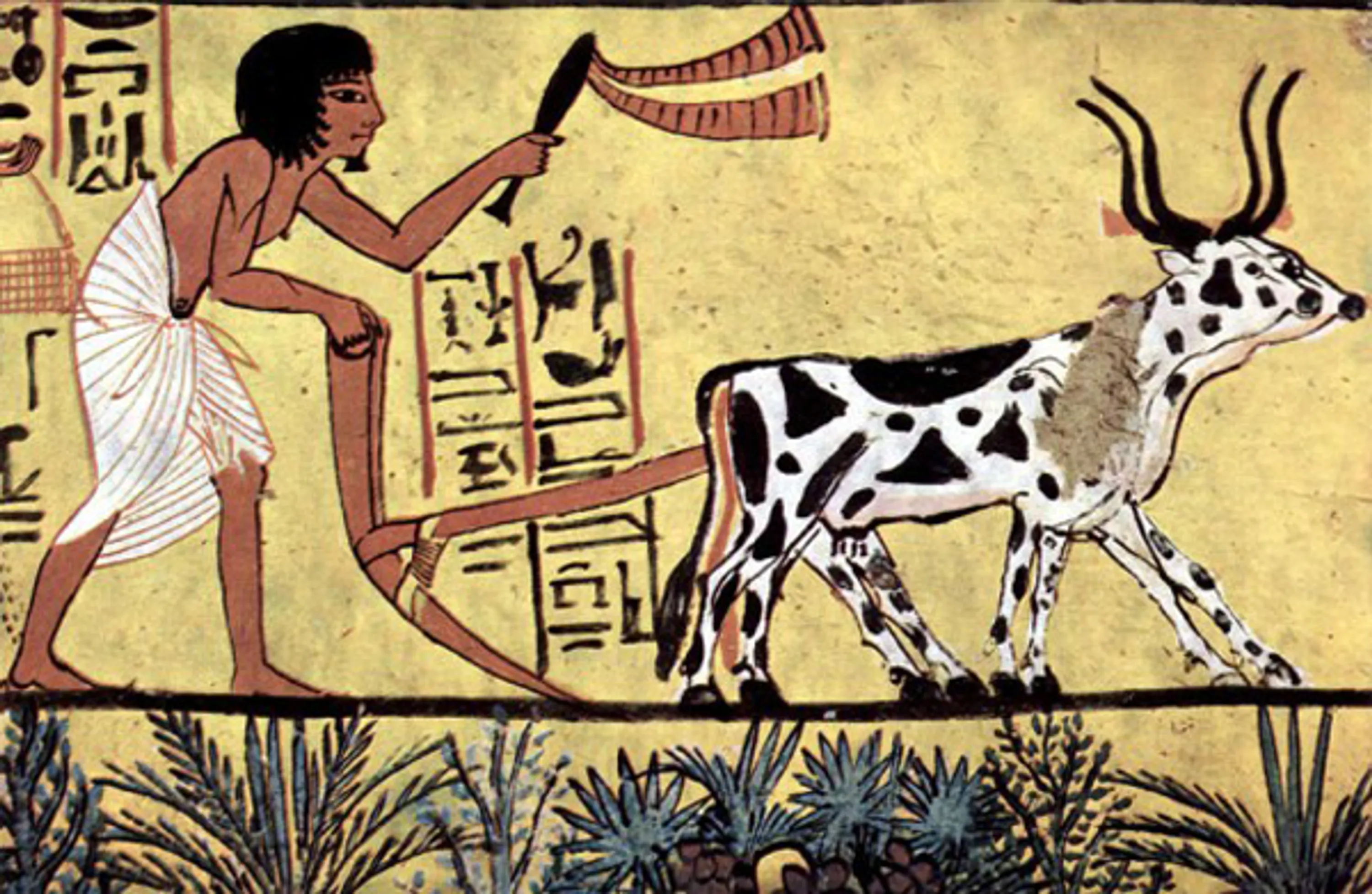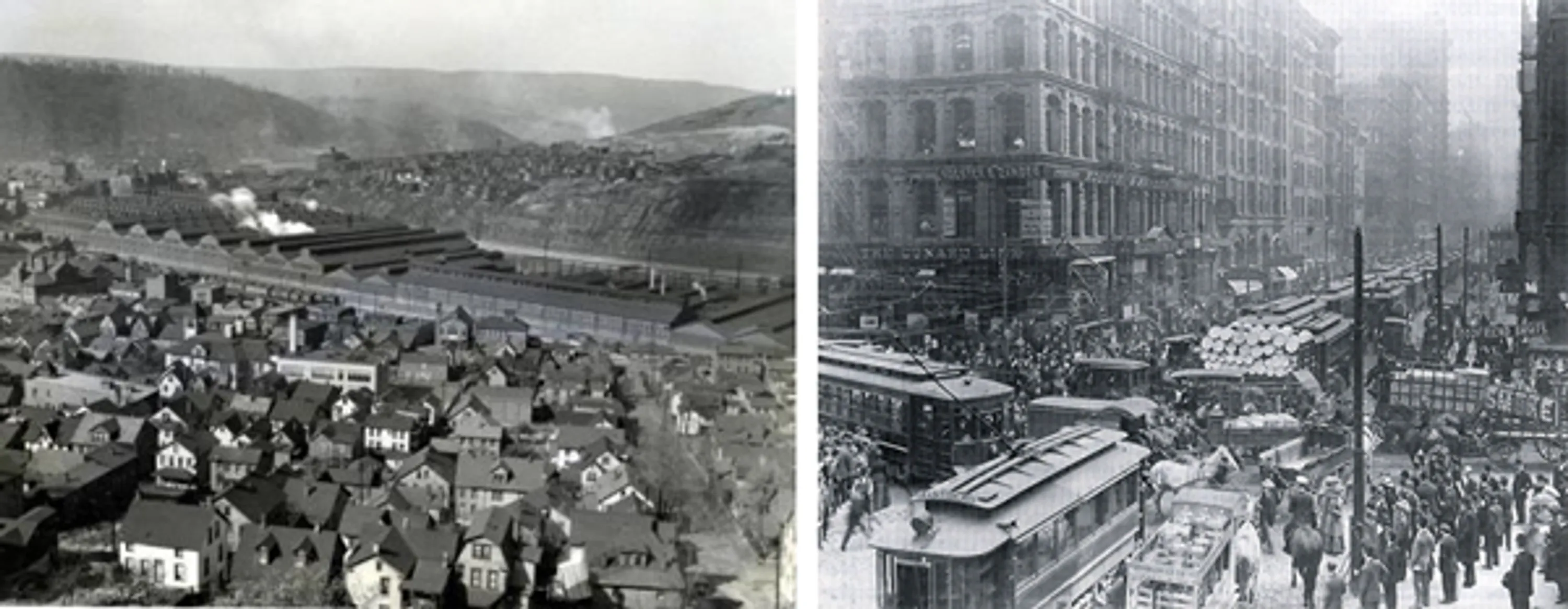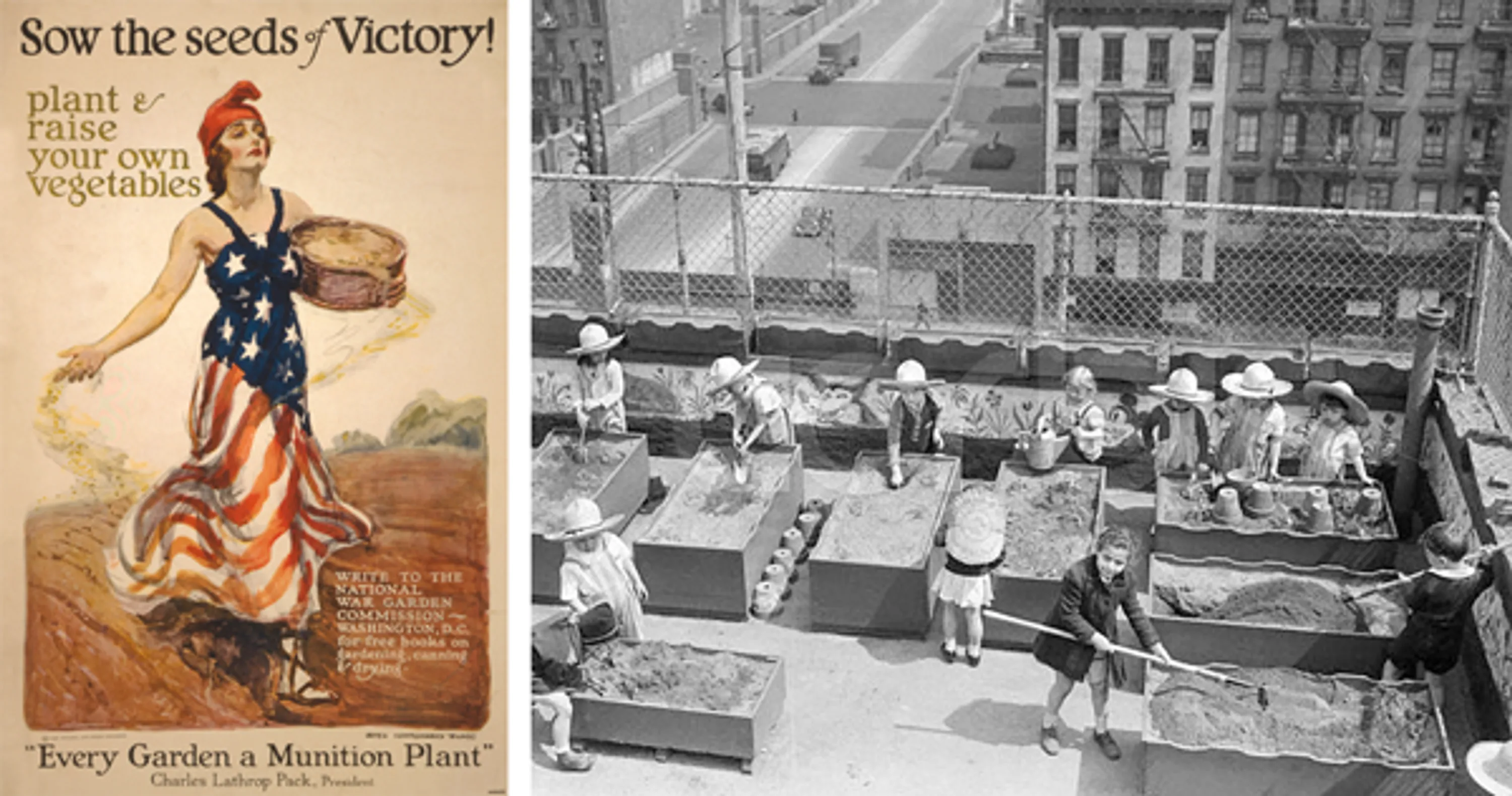It’s not mentioned much, but the hot topic of urban agriculture is not new. It has strong historic roots and has played a major role in cities for a very long time. As a landscape architect, I find the history of urban agriculture fascinating and I think that having a better understanding of the history of it will allow us to educate others on its importance while dreaming up creative ways to integrate it in a way that addresses the needs of contemporary cities.
View:
News
Urban Agriculture has been around as long as there have been cities, but our attitudes towards it have evolved over time. Going all the way back to ancient civilizations started in the fertile crescent of Mesopotamia, many cities were originally established in areas with highly productive soil out of a need for access to crops. The lack of a sophisticated transportation systems or refrigeration meant that people were forced to live and farm within the city. For thousands of years, cities and agriculture coexisted. In the U.S., this close relationship between people and food would dramatically change after the Industrial Revolution.

During the Industrial Revolution, technology needed to build a great network of railways became widely available. Suddenly, people and goods could be easily transported great distances. The economic growth and prosperity that accompanied the Industrial Revolution meant that more and more people were moving into cities to work in factories and participate in this progress. The increasing population and physical size of the cities eventually led to a dense development pattern with little green space, leaving millions of people separated from food production, which was pushed outside the city. This new, denser, urban population began to view urban agriculture not as a necessity, but as a nuisance: it took valuable land and added to the increasing amounts of waste.


Victory Gardens.
The separation of urban dwellers from agriculture largely continued until the first and second World Wars in Europe. The threat of starvation from wartime blockades spurred citizens to increase domestic food production. President Woodrow Wilson asked the American public to utilize any available open space for food growth during the First World War. This effort was seen as a way to make up for the loss of imported food from Europe, as well as help supplement Europe’s supplies. By 1919, there were over 500 million pounds of produce being harvested from over 5 million plots. This carried into the times of the Great Depression as a way to provide food and supplemental income for many families. A National Victory Garden Program was instated during the Second World War as a way to establish functioning agriculture within cities. The popular program produced over 9 million pounds of fruit and vegetables per year, which was 44% of U.S. grown produce at the time.
After WWII, urban agriculture in the U.S. declined in part because it had negative associations with wartime austerity. People in Europe and America saw little need for urban agriculture in cities because of their post-war boom and prosperity, while it remained a necessity of life in the developing worlds.
Little in the American attitude toward urban agriculture has changed since the end of WWII; there hasn’t been any major impetus for change. As a result, urban agriculture has not been given any official policy attention and is somewhat ignored at the municipal and federal levels of government. It is generally not acknowledged as a valid land use and is usually only tolerated as a temporal use that eventually gives way to ‘real’ development in the future.
As I wrote in an earlier post, shifting attitudes in the last decade are reintroducing urban agriculture as a potential solution to the challenges posed by our current agricultural systems. This revived interest has led many advocates to lobby the government for policy changes to be more inclusive of urban agriculture. It’s still challenging; many people in government still hold the views of urban agriculture as a nuisance in the city. Armed with the history of urban agriculture, hopefully minds will be changed. This has worked in some cities, such as Detroit, where it has even been proposed and used as a way to build up shrinking cities or blighted neighborhoods by giving the residents a source of income and pride.
This urban agriculture renaissance is not a movement holding on to some romantic notion of pretty vegetable gardens in back yards, but a movement responding to new global demands of peak oil, climate change and flaws in our current food model. There is a need for new ways of conceptualizing urban agriculture and ways to integrate it into our cities through policy change and smart design solutions that meet today’s needs. In my next post, I’ll look at some of those examples more closely.